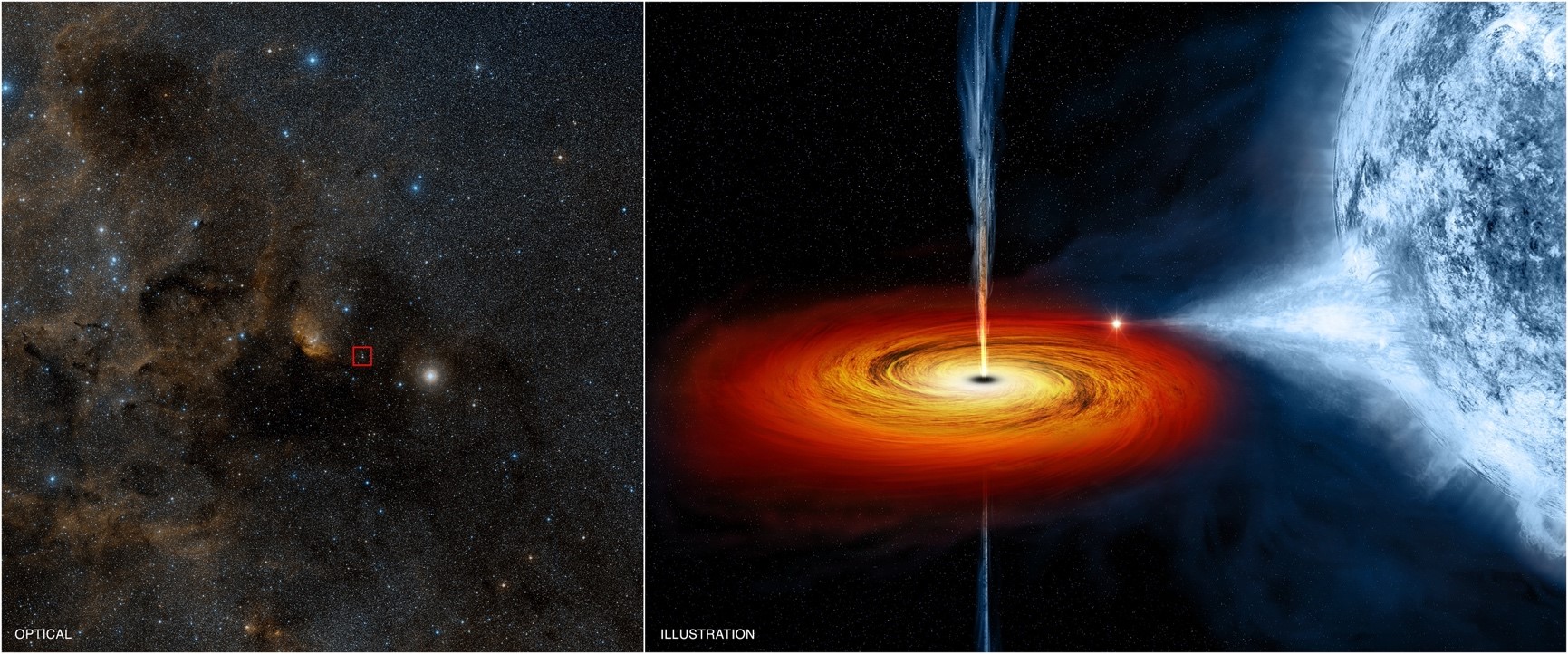Free Courses Sale ends Soon, Get It Now


Free Courses Sale ends Soon, Get It Now



Disclaimer: Copyright infringement not intended.
Context
India’s space telescope AstroSat has measured X-ray polarisation from the Cygnus X-1 black hole, the first time that such a feat has been accomplished, opening new possibilities in the study of the black hole’s environment.
Details
System Dynamics
Origin
Scientific Wager and Acceptance
Ongoing Research
AstroSat's Contribution
Significance of Polarisation
Conclusion
Cygnus X-1 stands as a celestial laboratory that has significantly expanded our understanding of the life cycles of massive stars and the existence of black holes. Its role in confirming the presence of a black hole and the ongoing research into its properties make Cygnus X-1 a cornerstone in the field of astrophysics, contributing to the broader quest to unravel the mysteries of the cosmos.
MUST READ ARTICLES:
https://www.iasgyan.in/blogs/black-hole
https://www.iasgyan.in/daily-current-affairs/black-holes
|
PRACTICE QUESTION Q. Explain the concept of X-ray polarisation and its significance in the field of astrophysics. Discuss how the recent measurements by AstroSat contribute to advancing our understanding of black holes (250 Words) |
© 2024 iasgyan. All right reserved